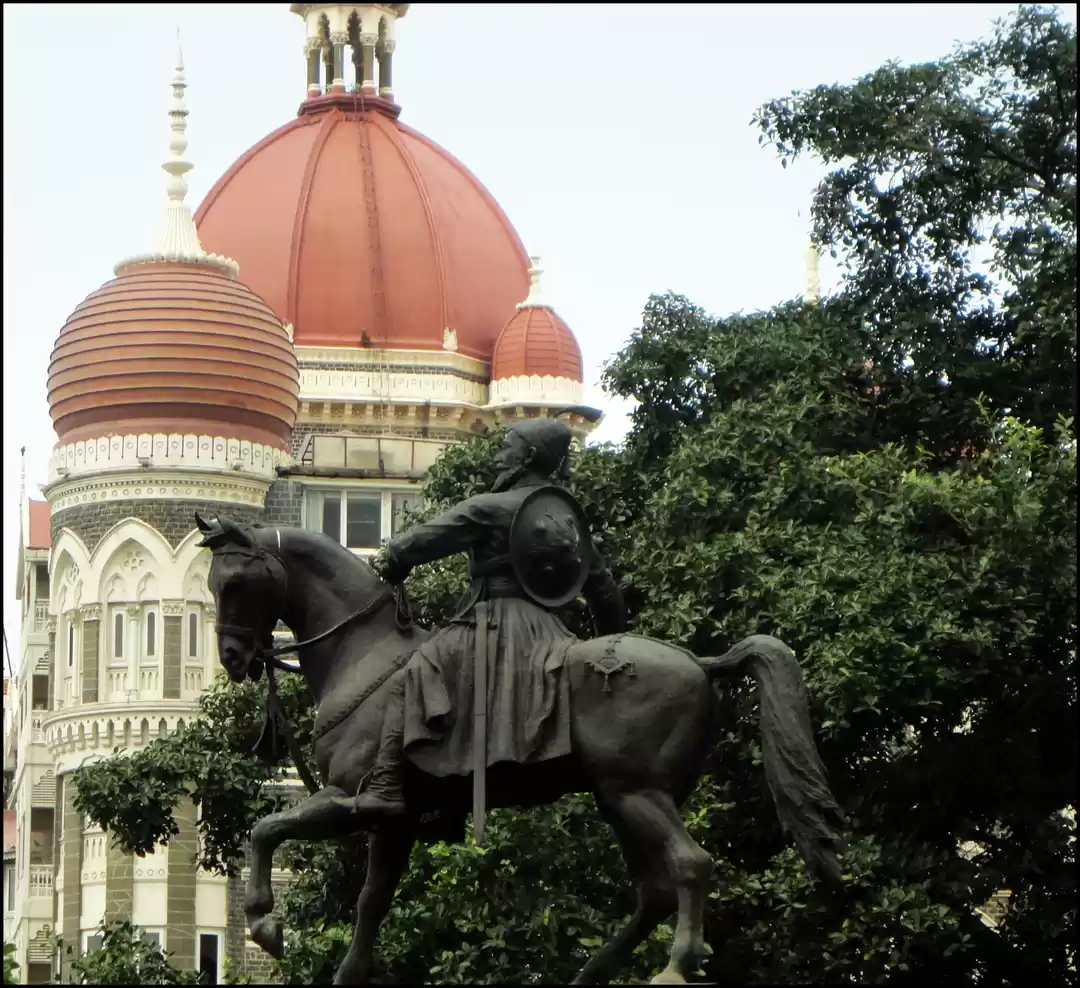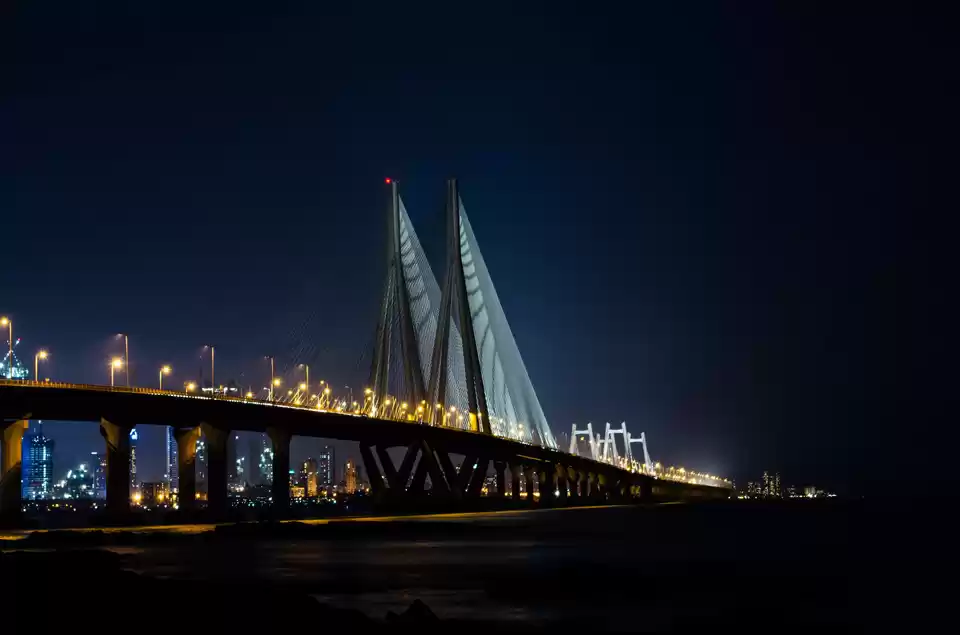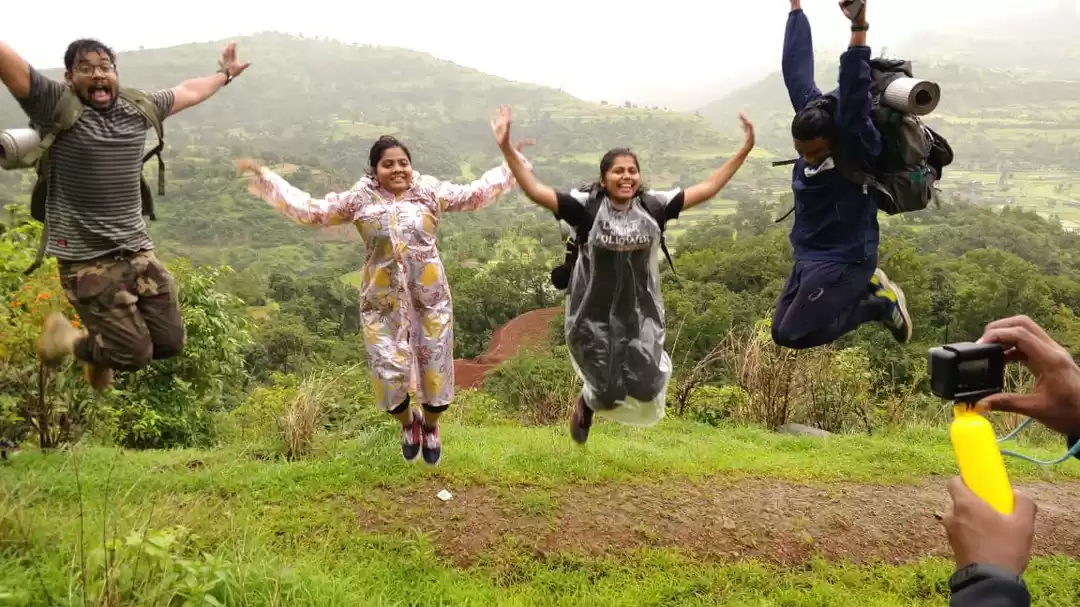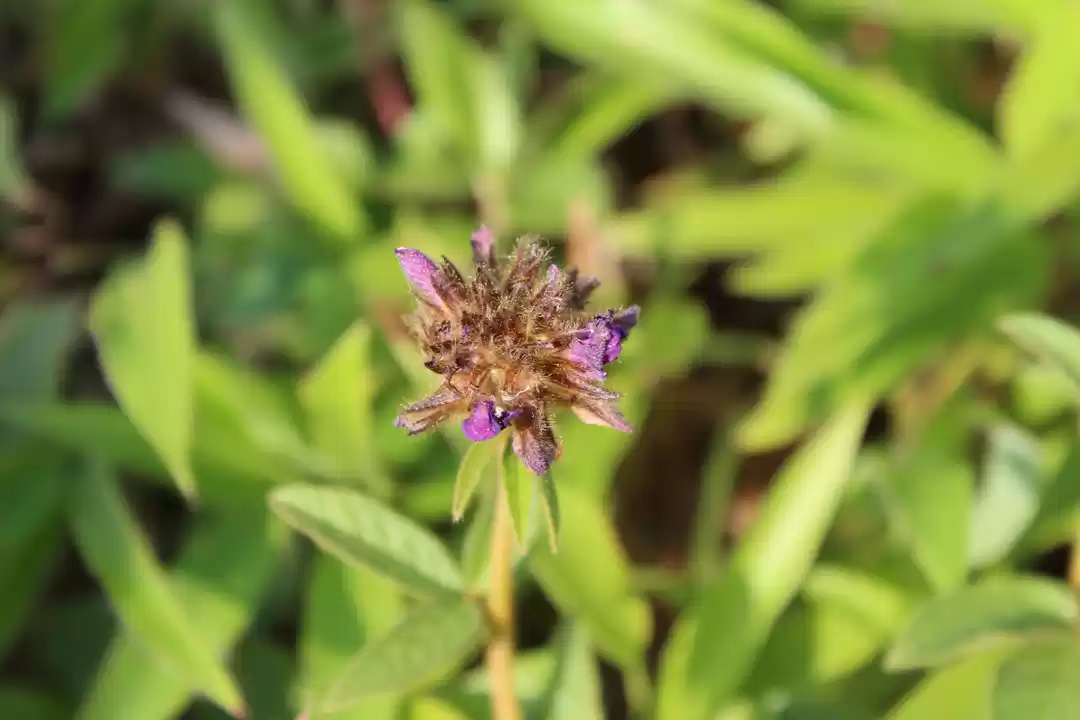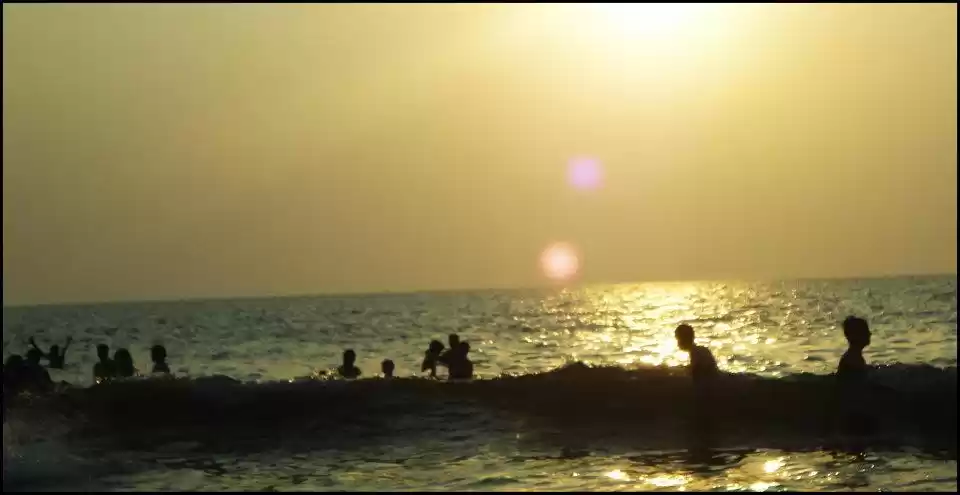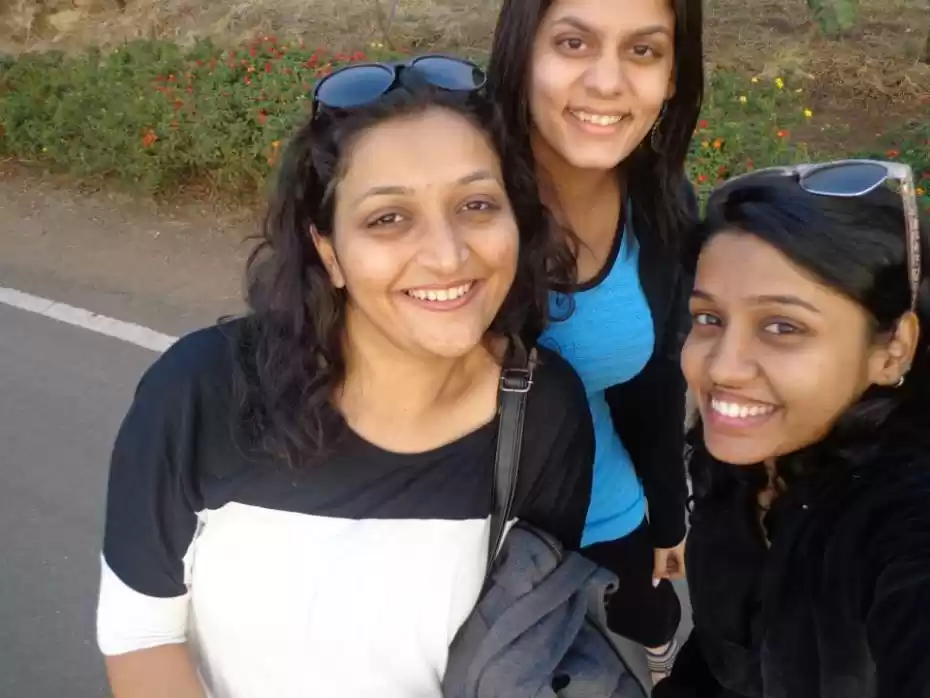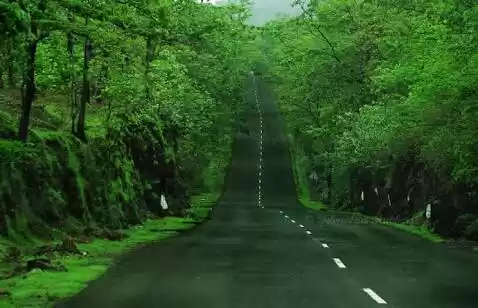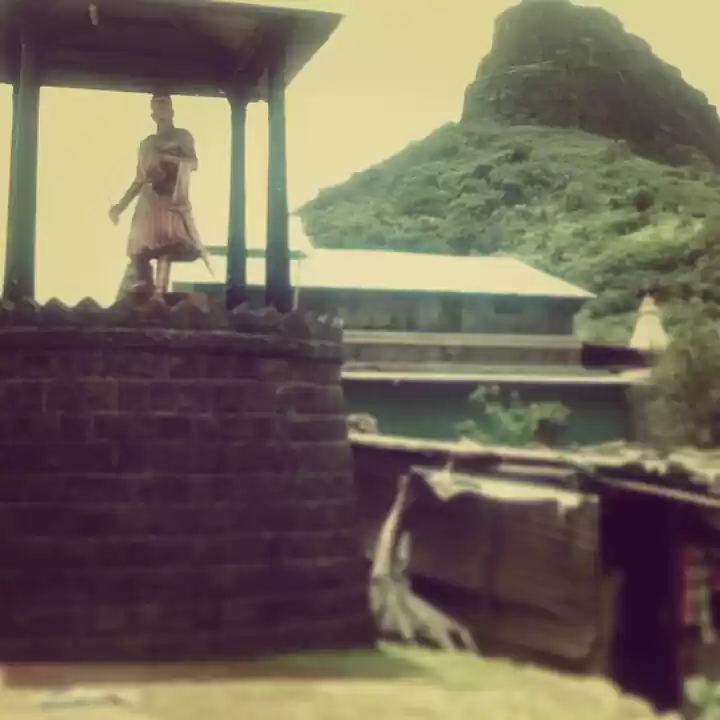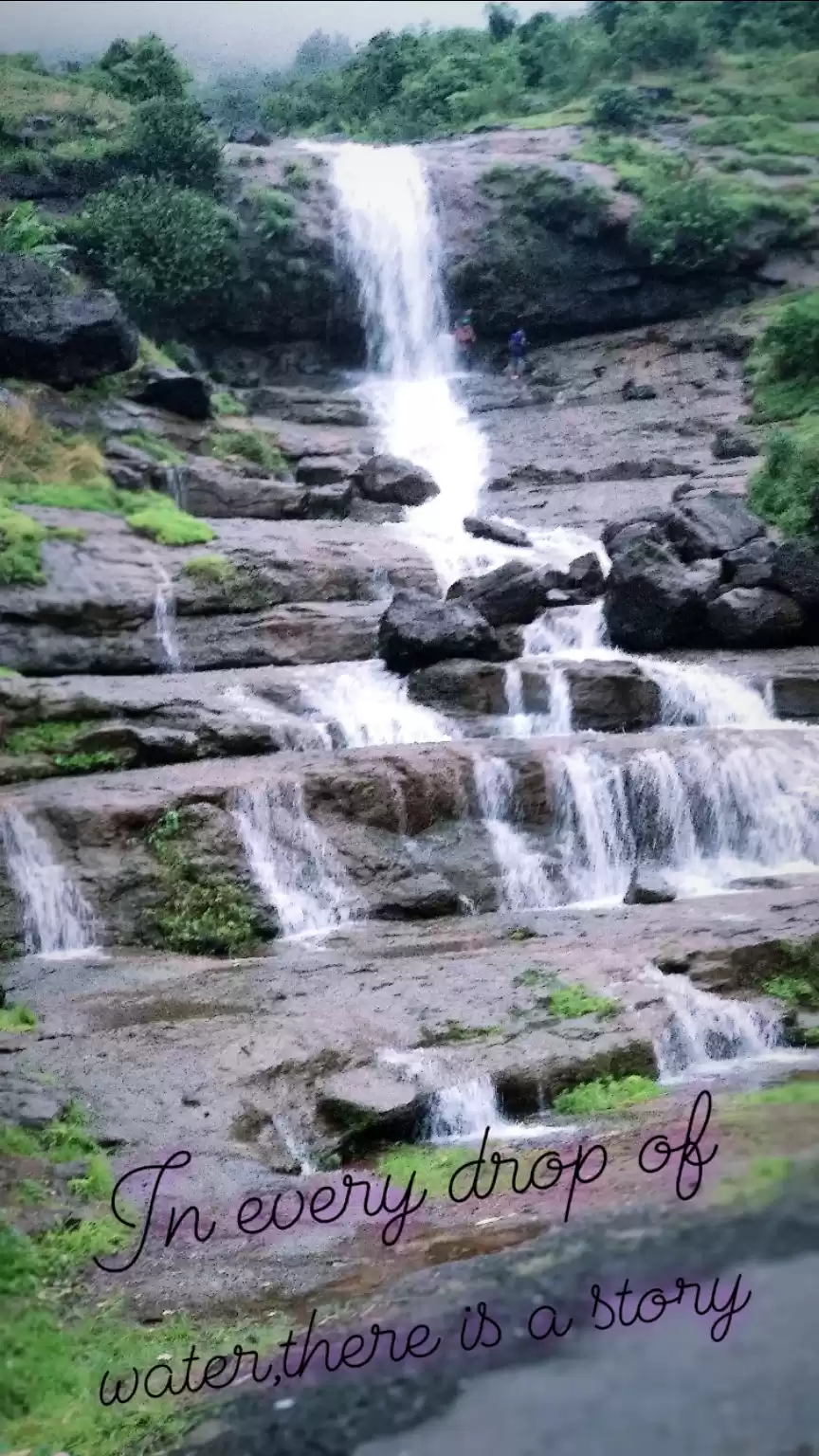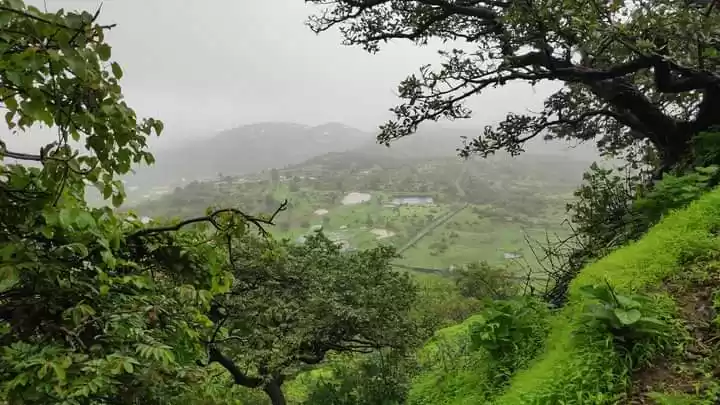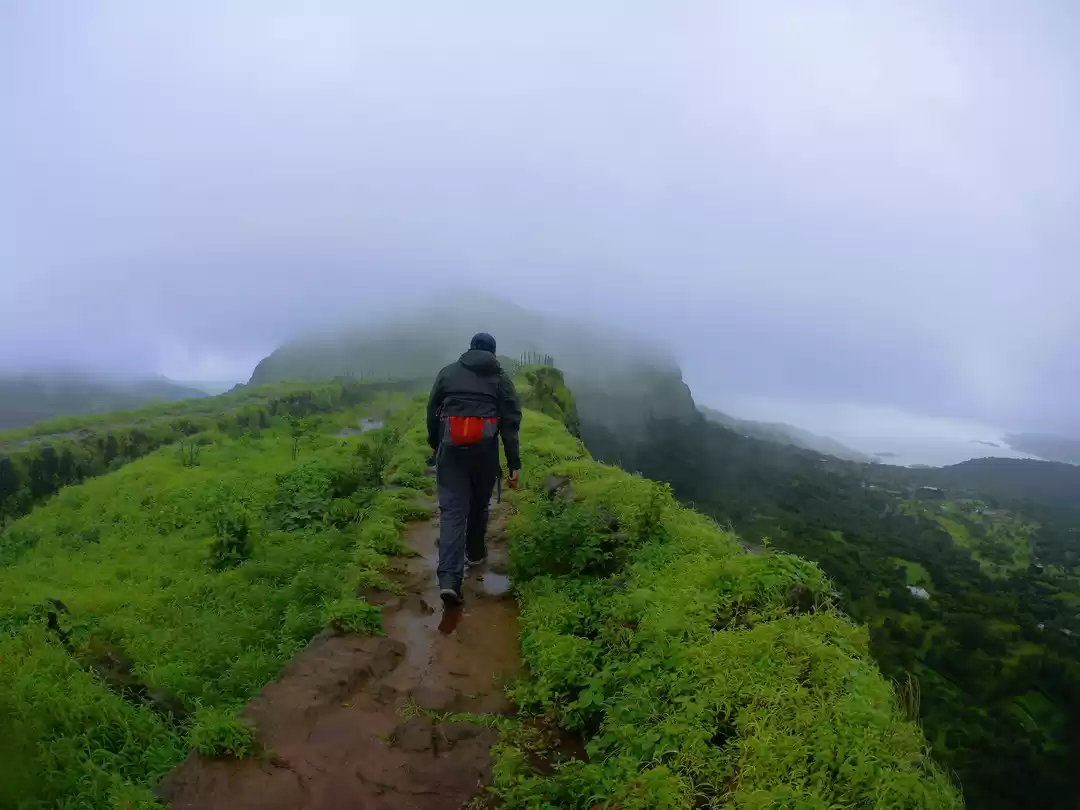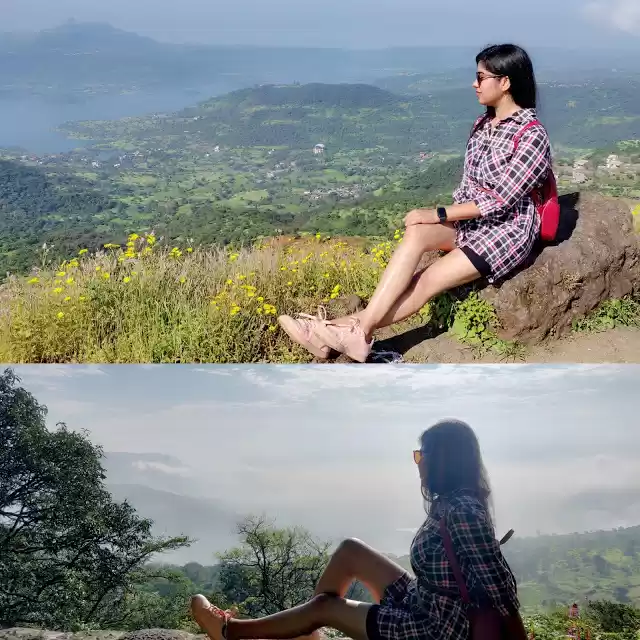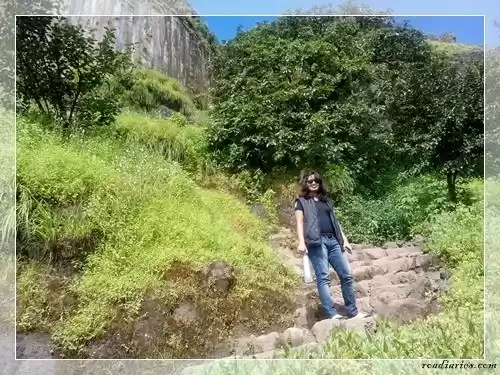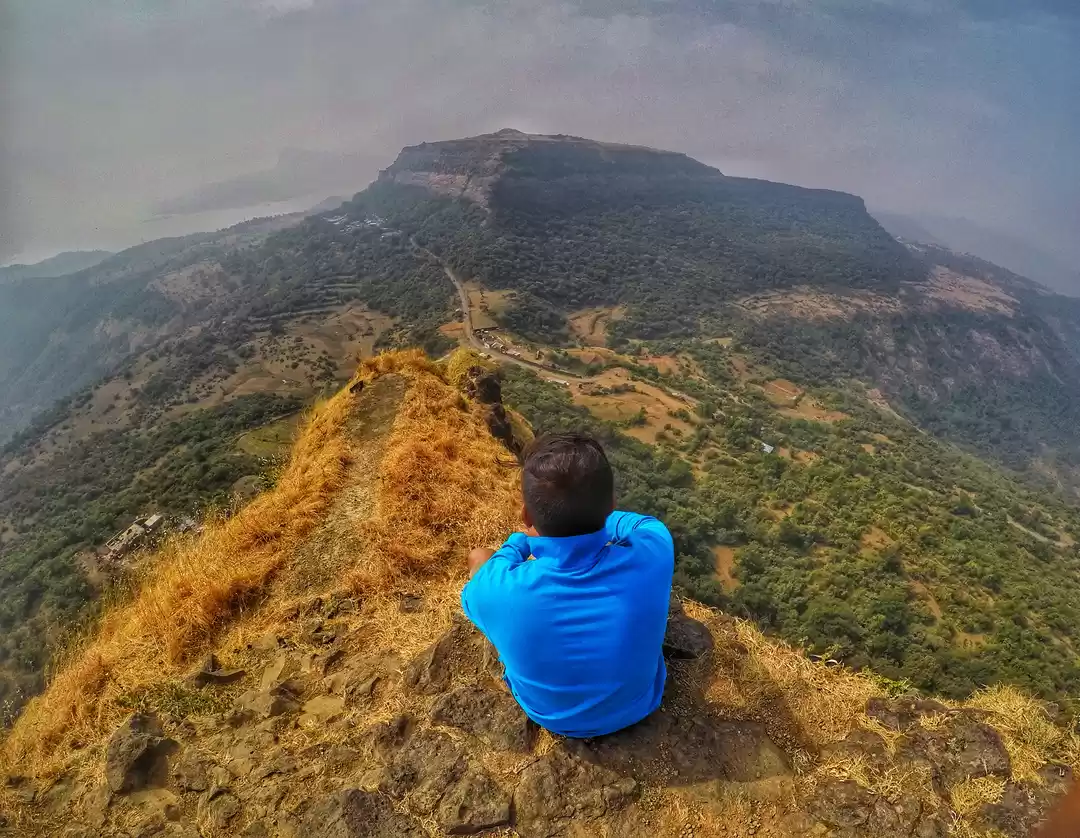Have you ever wondered what it would be like to walk in the footsteps of the great Maratha warriors? Do you want to experience the thrill of trekking to a majestic fort that offers stunning views of the surrounding hills and valleys? If yes, then you should definitely visit Lohagad Fort, one of the most popular and beautiful hill forts in Maharashtra.

Lohagad Fort, which means “iron fort” in Marathi, is located near Lonavala, about 100 km from Mumbai and 70 km from Pune. It stands at an elevation of 1,033 meters above sea level and is connected to its twin fort Visapur by a narrow ridge. The fort was built by the Yadava dynasty in the 11th century and later occupied by several rulers, including Shivaji Maharaj, Nana Phadnavis, and the British.
Lohagad Fort is a perfect destination for history buffs, nature lovers, and adventure seekers. It offers a fascinating glimpse into the past, a splendid display of architecture, and a challenging yet rewarding trekking route. It also has many nearby attractions that you can explore, such as Visapur Fort, Bhaja Caves, Karla Caves, Pawna Lake, and Rajmachi Point.
In this article, we will explore the history, architecture, and attractions of Lohagad Fort, and provide you with some useful tips and information for planning your visit. Read on to discover why Lohagad Fort is a must-visit place for anyone who loves history, culture, and nature.
History of Lohagad Fort
Lohagad Fort has a rich and glorious history that spans over several centuries. It was originally built by the Yadava dynasty in the 11th century as a part of their southern defense system. Later, it was captured by the Bahmani Sultanate in the 14th century and then by the Nizam Shahi dynasty in the 15th century.
In the 17th century, Lohagad Fort became a part of the Maratha Empire under Shivaji Maharaj, who used it as a treasury to store his loot from Surat. He also strengthened the fort’s defenses by adding new gates, walls, and bastions. Lohagad Fort witnessed several battles between the Marathas and the Mughals, such as the Treaty of Purandar in 1665 and the Battle of Sinhagad in 1670.
After Shivaji’s death, Lohagad Fort was occupied by his son Sambhaji and then by his grandson Shahu. In the 18th century, Lohagad Fort became the residence of Nana Phadnavis, a prominent minister in the Peshwa administration. He built a large palace complex inside the fort, which included a court hall, a temple, a water tank, and a tomb.
In 1818, Lohagad Fort was captured by the British after a brief siege. They used it as a prison for Indian freedom fighters until 1862. After India’s independence in 1947, Lohagad Fort was declared as a protected monument by the Archaeological Survey of India.
Also Read: A Weekend Gateway To Lonavla
Architecture of Lohagad Fort
Lohagad Fort is an impressive example of medieval Indian architecture. It has four gates that lead to its main entrance: Ganesh Darwaja (Ganesh Gate), Narayan Darwaja (Narayan Gate), Hanuman Darwaja (Hanuman Gate), and Maha Darwaja (Great Gate). The gates are adorned with carvings of animals, birds, flowers, and geometric patterns.
The fort has a spacious courtyard that houses several structures and monuments. The most notable ones are:
Vinchu Kata: Vinchu Kata (Scorpion’s Tail) is a long and narrow fortified spur that extends from the fort towards the west. It resembles the shape of a scorpion’s tail and offers panoramic views of the surrounding landscape.
Laxmi Kothi: Laxmi Kothi (Laxmi House) is a large vaulted chamber that was used by Shivaji Maharaj to store his treasure. It has three rooms with arched windows and doors.
Ganesh Darwaja: Ganesh Darwaja (Ganesh Gate) is one of the four gates that lead to the fort’s main entrance. It has a carving of Lord Ganesh on its top and a small temple dedicated to him inside.
Tomb of Nana Phadnavis: The tomb of Nana Phadnavis is located near the Laxmi Kothi. It is a simple stone structure with a dome and a spire. It marks the resting place of Nana Phadnavis, who died in 1800.
Lohagad Fort is connected to its twin fort Visapur by a narrow ridge. Visapur Fort is larger and higher than Lohagad Fort, but less well-preserved. It was built by the first Peshwa Balaji Vishwanath in 1713 and later captured by the British in 1818. It has several ruins of buildings, water tanks, cannons, and walls.
Trekking to Lohagad Fort
Trekking to Lohagad Fort is one of the most exciting and enjoyable activities that you can do in Maharashtra. The trek is suitable for beginners as well as experienced trekkers, as it has a moderate difficulty level and a well-marked trail. The trek can be done in any season, but the best time is during the monsoon, when the fort is surrounded by lush greenery and misty clouds.
The trek starts from Malavli or Bhaje village, which can be reached by road or rail from Pune or Mumbai. The distance from Malavli to Lohagad Fort is about 9 km and from Bhaje to Lohagad Fort is about 6 km. The trek takes about 2 to 3 hours one way, depending on your pace and stamina.
The trek offers a scenic and diverse experience, as you pass through forests, fields, streams, waterfalls, and villages. You can also see some ancient rock-cut caves and temples along the way, such as the Bhaja Caves and the Visapur Temple. The trek culminates at the top of the fort, where you can enjoy the breathtaking views of the valley, the lake, and the hills.
The trek to Lohagad Fort is not only a fun and adventurous activity, but also a great way to learn about the history and culture of Maharashtra. You can witness the legacy of the Maratha Empire, admire the craftsmanship of the fort’s architecture, and feel the spirit of patriotism and bravery that inspired the freedom fighters.
You May Like: Short Hikes and Treks near Mumbai

Nearby Attractions to Lohagad Fort
Lohagad Fort is not the only attraction that you can visit near Lonavala. There are many other places that you can explore, such as:
Visapur Fort: Visapur Fort is the twin fort of Lohagad Fort, located on a higher hill. It has a longer and steeper trekking route than Lohagad Fort, but also more ruins and relics to see.
Bhaja Caves: Bhaja Caves are a group of 22 rock-cut caves that date back to the 2nd century BC. They belong to the Hinayana sect of Buddhism and contain sculptures, paintings, stupas, and inscriptions.
Karla Caves: Karla Caves are another group of rock-cut caves that date back to the 2nd century BC. They belong to the Mahayana sect of Buddhism and contain a large chaitya (prayer hall) with a wooden roof and a carved facade.
Pawna Lake: Pawna Lake is an artificial reservoir that was created by the Pawna Dam. It is a popular spot for camping, boating, fishing, and picnicking.
Rajmachi Point: Rajmachi Point is a vantage point that offers a spectacular view of Rajmachi Fort and its surroundings. Rajmachi Fort is a hill fort that was built by Shivaji Maharaj and later occupied by his son Sambhaji.
Tips and Information for Visiting Lohagad Fort
Before you plan your trip to Lohagad Fort, here are some tips and information that you should know:
- The best time to visit Lohagad Fort is during the monsoon season (June to September), when the fort is covered with greenery and mist. However, you should also be prepared for rain, slippery paths, and leeches.
- The entry fee for Lohagad Fort is Rs. 10 per person and the timings are from 9 am to 6 pm.
- You should carry enough water, snacks, sunscreen, torches etc., as there are no shops or facilities at the fort.
- You should wear comfortable shoes and clothes that are suitable for trekking and climbing.
- You should respect nature and culture by not littering or vandalizing the fort or its surroundings.
- You should also be careful of monkeys, snakes, scorpions etc., that might be present at or near the fort.
Conclusion
Lohagad Fort is a historical and scenic trekking destination in Maharashtra that you should not miss. It offers a unique combination of history, architecture, nature, and adventure that will make your trip memorable and enjoyable. Whether you are looking for a weekend getaway or a day trip from Pune or Mumbai, Lohagad Fort is a great place to visit for anyone who loves history, culture, and nature. It is a historical and scenic trekking destination in Maharashtra that you should not miss. It offers a unique combination of history, architecture, nature, and adventure that will make your trip memorable and enjoyable.
Whether you are looking for a weekend getaway or a day trip from Pune or Mumbai, Lohagad Fort is a perfect choice.


























